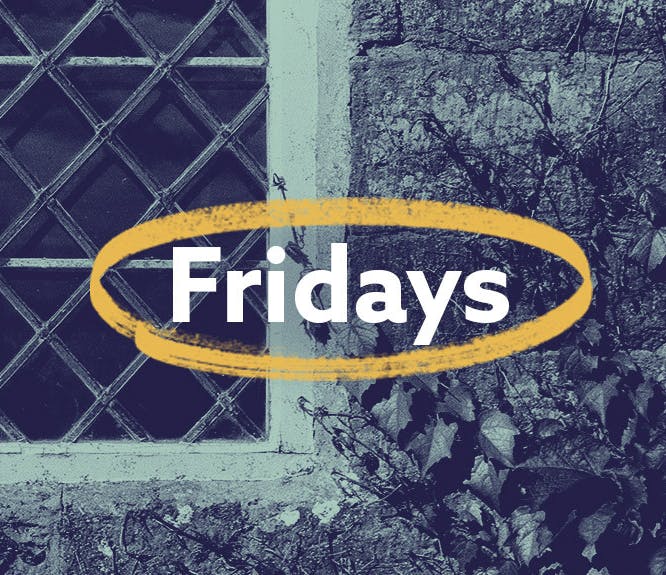To every book its copy: Parish records and Bishop's Transcripts
3-4 minute read
By Alex Cox | October 1, 2014
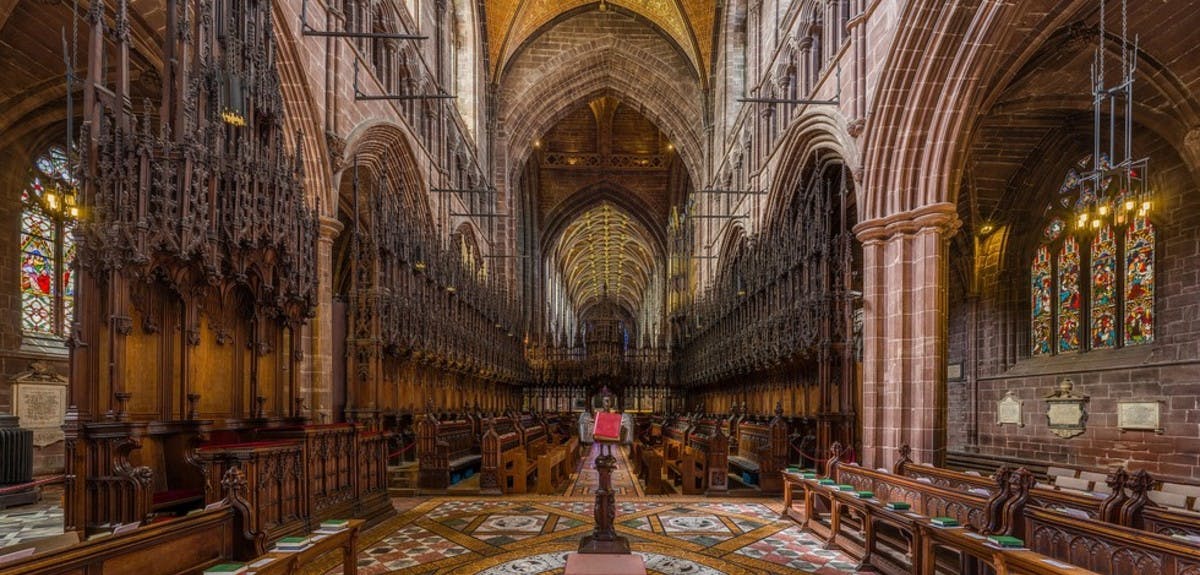
What can bishop's transcripts add to your family history research? This handy guide reveals all.
Header photo by DAVID ILIFF. License: CC BY-SA 3.0
Before the 19th century records are scarcer, and their survival something of a small miracle. We're very lucky then that the Bishop's Transcripts act as a duplicate of our richest source of records, parish records, doubling the information's chance of survival.

Civil registration was introduced in 1837. Before that births, marriages and deaths were recorded in their local Church of England parish. Parish records are an incredible resource for anyone looking for relatives beyond the well-documented 19th Century.
"Parish records are an incredible resource for anyone looking for relatives beyond the well-documented 19th Century[](span)"
They began just seven years after King Henry VIII established the Church of England. A law passed in 1537 required priests to record all births, marriages and deaths that took place in their parishes.
What's the difference between parish registers and bishop's transcripts?
An Act of 1598 required Church ministers to make copies of their parish registers and send the copies to their Bishop each month. These copies are known as Bishop's Transcripts, or occasionally Archdeacon Transcripts. The copies were made and sent to the diocese office every year until the mid 1800s. Because the transcripts are copies they are open to errors in copying, to not containing all the information that is in the original registers and on some occasions they may contain more information than in the originals.
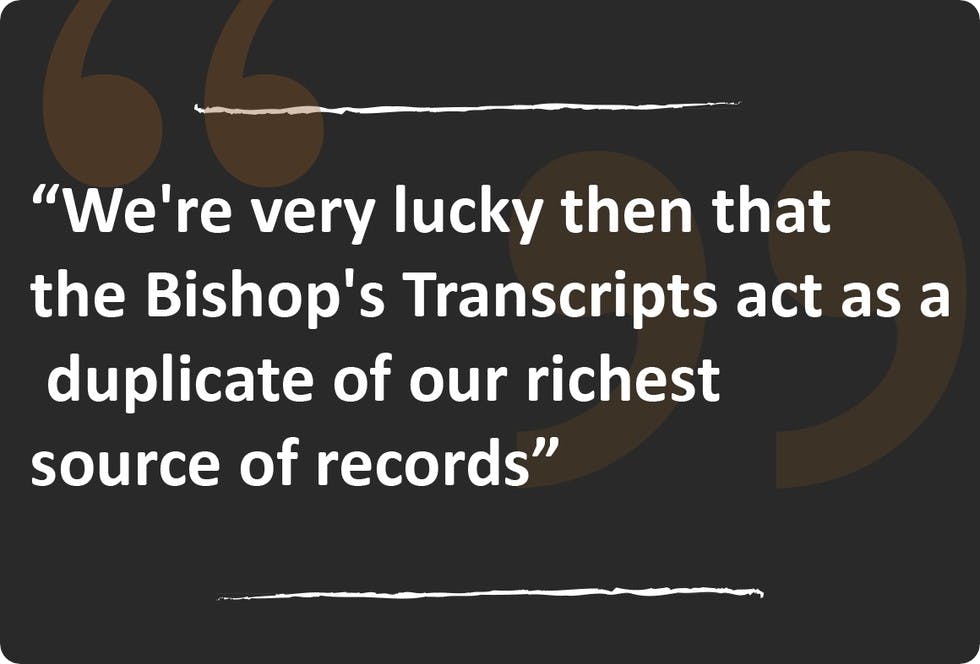
Parish, chapel, deanery, archdeaconry and diocese - what do they mean?
Within parishes, there were also sometimes chapelries, to fulfill the spiritual needs of those parishioners who lived too far from the church for regular Sunday worship. To complicate matters, some of these chapelries could also perform baptisms, marriages and burials, and so kept their own registers.
"Within parishes, there were also sometimes chapelries, to fulfill the spiritual needs of those parishioners who lived too far from the church for regular Sunday worship[](span)"
Then again in a very populated area you might have several parishes making up a deanery, several deaneries making an archdeaconry and several archdeaconries making a diocese. The bishop who oversaw the diocese would have had great difficulty keeping track of all the registers scattered around the various subdivisions of his area. Thus, we get Bishop's Transcripts.

Bishop's transcripts were delivered to the bishop once a year. They were supposed to be a “fair" copy of the individual registers although sometimes the information is summarized. The system of keeping them was first introduced in 1598 so, from a genealogical point of view, there should be two copies of each record of a birth, or a marriage or a death. In practise though, it's not quite like that.
Don't forget that we are talking about paper records. While it lasts a long time, paper burns if there's a fire or is destroyed in a flood. Paper documents might get stored in a wooden box by the door or under the window and get damp, allowing fungus and mould to eat away at them. Even the ink that was used to make a lasting copy, the so-called iron gall ink, can be so lasting that it eventually eats away at the paper. There are a lot of things that can happen to paper records in 400 years and there were certainly casualties along the way.
"Even the ink that was used to make a lasting copy, the so-called iron gall ink, can be so lasting that it eventually eats away at the paper[](span)"
Why can't I find every record in parish records and bishop's transcripts?
The reality is that there is no complete collection of parish records for the whole of the country and there is no complete collection of Bishop's Transcripts. But using the two together you can get the most complete coverage of pre-civil registration records that's possible. Sometimes you might even find both the register entry and its copy, sometimes you might find neither.
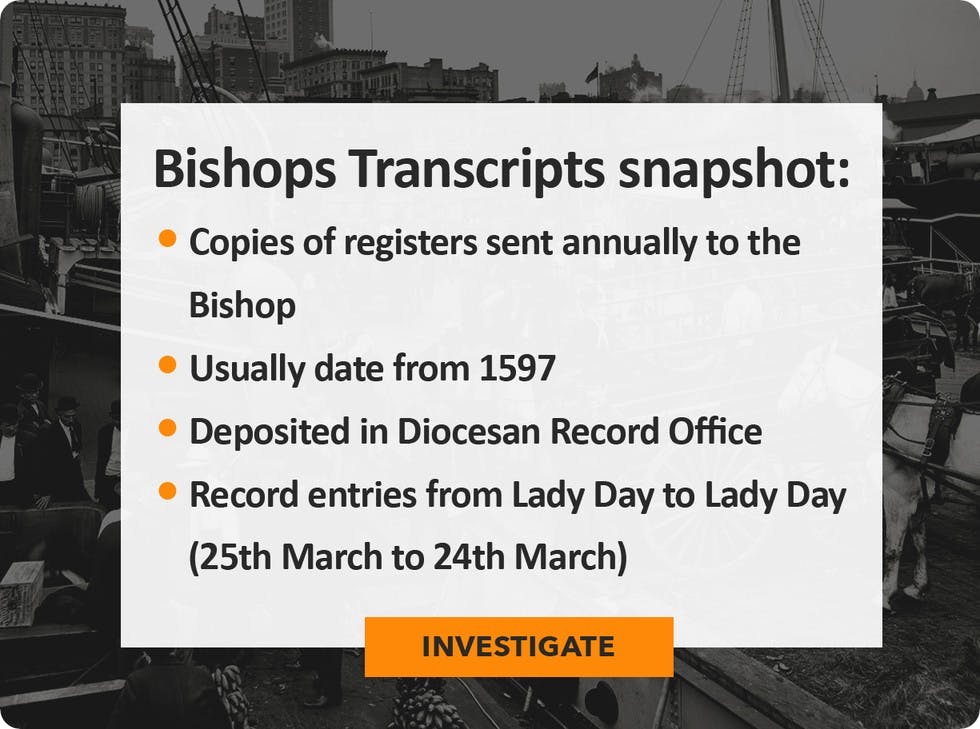
In our most recent set of records from Yorkshire for example the parish records for the Bronte family don't appear to have survived. However, looking in the bishop's transcripts you can see that the Reverend Patrick Bronte took the day off in his parish of Hartshead on April 23rd 1814 to join his wife Maria in baptising their first child, a daughter, also Maria.
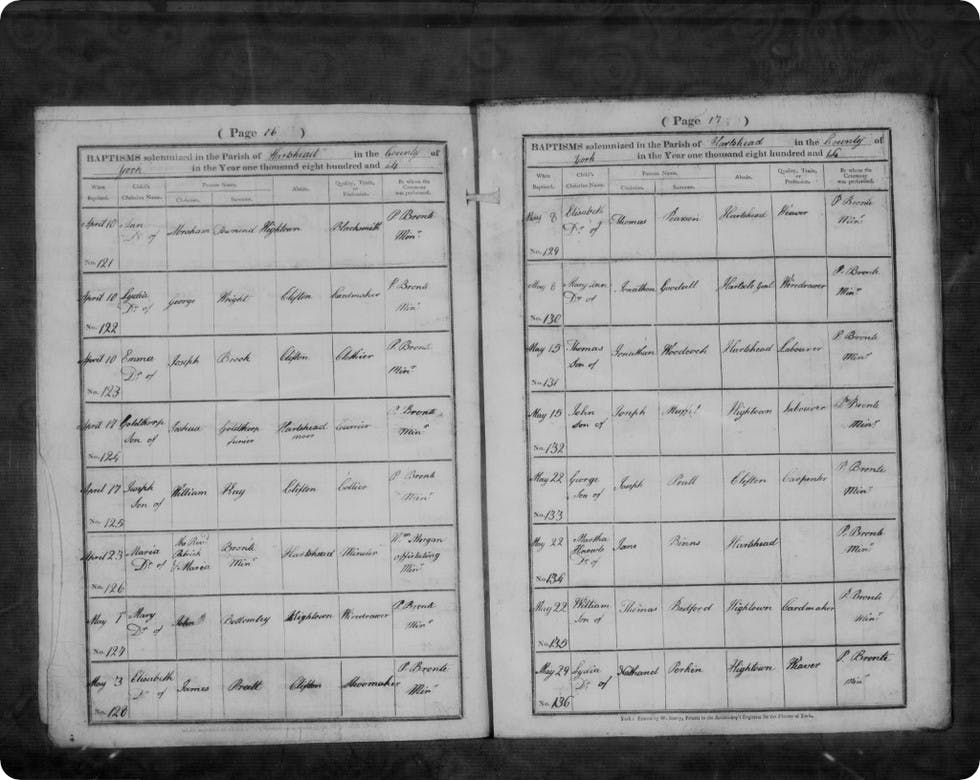
Poor little Maria would die at the age of 12 but be immortalised by her little sister Charlotte as the tragic character Helen Burns in Jane Eyre. British politician and abolitionist William Wilberforce is another famous Yorkshire man who's records in the parish where he grew up have been lost. But the Bishop's Transcripts for Kingston Upon Hull show little William was baptised in 1759.

Related articles recommended for you
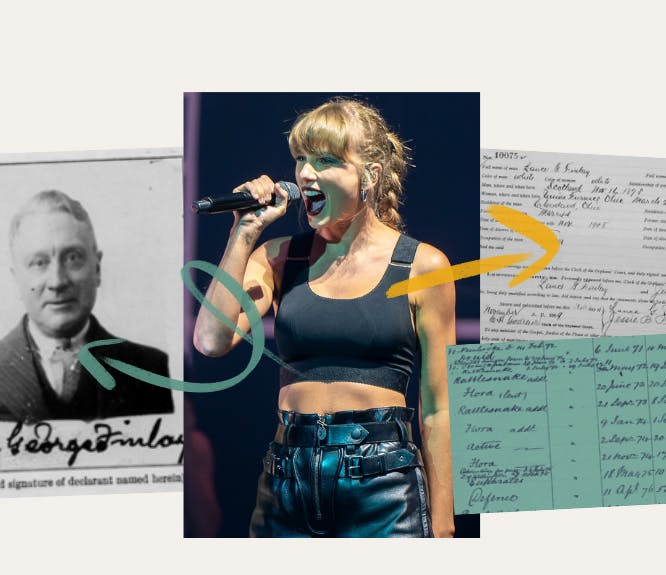
Taylor Swift’s family tree shines with love, heartbreak and the triumph of the human spirit
Discoveries

How genealogy can bring your family closer
Getting Started
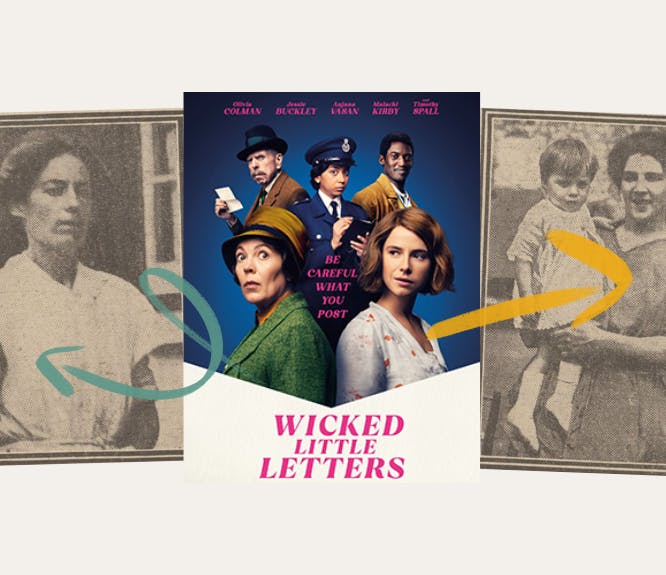
The shocking true story behind Wicked Little Letters
History Hub
